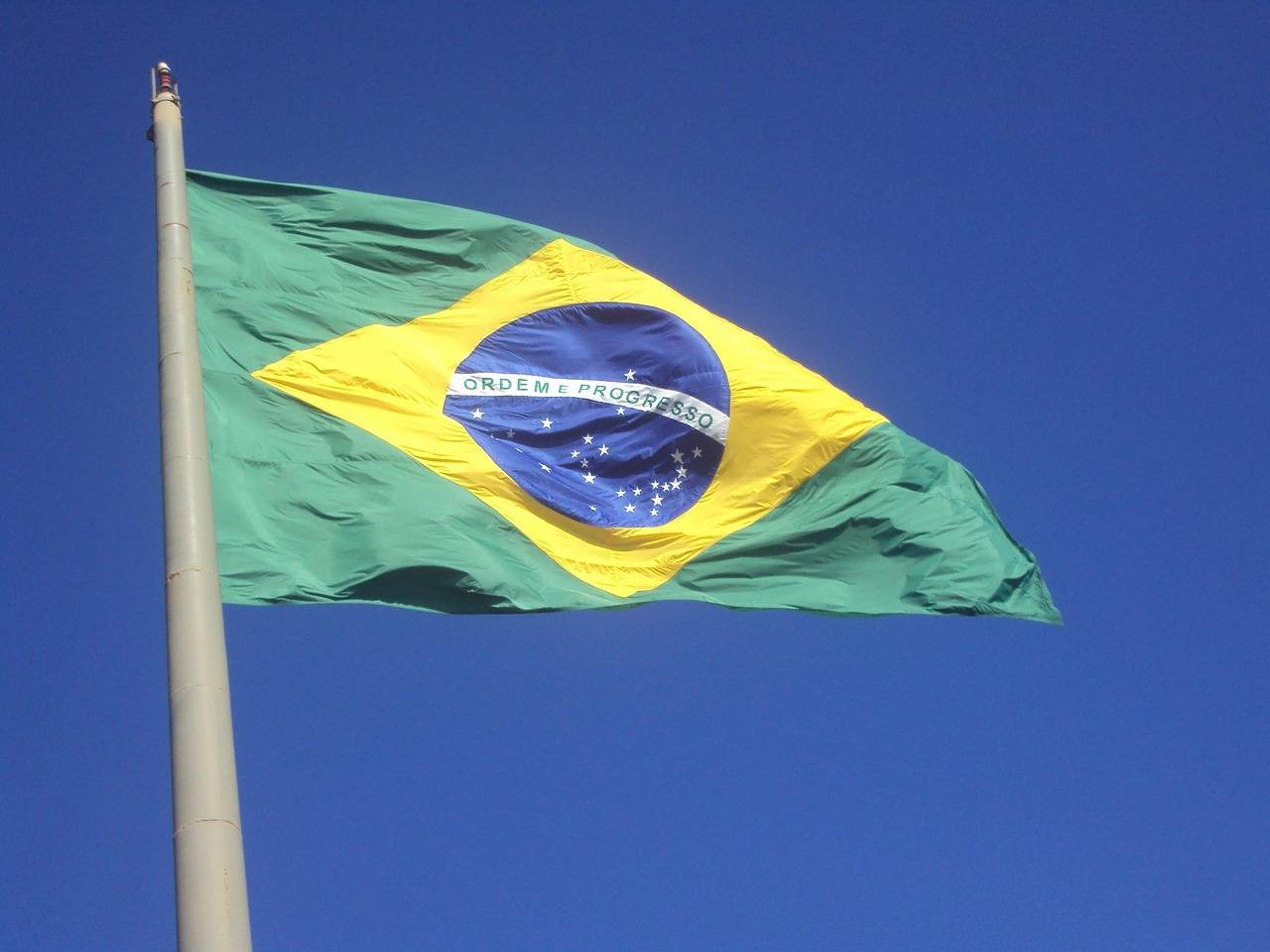ROME – For more than twenty years, no matter where travels may take me the rest of the year, I’ve always made a point of being in Rome for Christmas and New Year’s. You’d think nothing about the holiday season in the Eternal City would surprise me anymore, yet somehow I always manage to be blindsided when the annual fracas over the Vatican’s nativity set breaks out.
It’s as predictable as the rising and setting of the sun, really. Whenever the display is unveiled we’re in for a new round of snark and pique, and this year certainly hasn’t broken the mold.
The presepe currently standing in St. Peter’s Square features rather abstract pillar-shaped figures crafted by a high school class in the Abruzzo region of Italy sometime between 1965 and 1975 (oddly, no one seems to remember precisely when). Terms such as “hideous” and “absurd” have figured prominently in online reaction.
Here are a couple of the kinder reactions on the Vatican’s Facebook page.
“It makes me cry, but it’s consistent with the ridiculous nonsense creeping in more or less everywhere … infinite sadness.”
“Horrible … why ceramic products, which can’t help but represent modern ugliness? … Where’s the sense of the beautiful, of good taste, of harmony of forms!?! A nativity set should make you dream, should immerse you in contemplation of the Mystery!”
And, naturally, in the 21st century, reactions to Vatican nativity sets also have become politicized. Here’s another disgruntled commentator:
“This ugliness perfectly incarnates the decadence of a certain kind of Catholicism in words and deeds.”
It’s not just Italy where this sort of tongue-wagging goes on, though it does seem to be most intense here, in part because Italy is the birthplace of the presepe and the country where the tradition has always been most revered. Moreover, Italians are also natural aesthetes, devoted to the cult of the bella figura, so critiquing the aesthetics of a given nativity set is a favorite holiday pastime, especiallu when it’s the Vatican’s.
I vividly recall three years ago, for instance, when some detected homoerotic imagery in that year’s display. During the kerfuffle, I happened to be eating at a favorite restaurant near the Vatican famed for its own sprawling presepe when an elderly man asked if it was okay for his young grandson to take a closer look.
“Sure,” “the crusty owner said. “It’s G-rated, not like the Vatican’s.”
Here’s the thing, however: The presepe did not originate in the Vatican – the original was developed in 1223 by St. Francis in the small town of Greccio, on the border between Italy’s Lazio and Umbria regions, after the saint of Assisi had returned from a trip to Palestine and wanted to recreate the atmosphere of Bethlehem. Over the centuries, the heart of the presepe culture in Italy has never been in Rome but rather in Naples, which is famous for its lavish nativity scenes often set in different time periods with ornate figures and landscapes, as well as elements of social commentary and even farce.
So if the Vatican isn’t actually where the action is in terms of the presepe, maybe we shouldn’t make such a fuss over whatever it chooses to put up every year.
This year, for instance, rather than grousing about the scene in St. Peter’s Square – and I’m going to grant that I don’t find it particularly appealing either, but I’m generally a “live and let live” guy – how about focusing on the real creativity and flashes of inspiration we see in presepi elsewhere?
In the Liguria region of Italy, the world’s largest presepe (as certified by the Guiness Book of World Records, with six miles of electric cables, 15,000 fires and 300 figures at full-scale) was lit up on Dec. 8, the feast of the Immaculate Conception. The presepe is the work of artist Mario Andreoli, who began the project in 1976 and succeeded in covering an entire hillside outside the town of Manarola only thirty years later, in 2007, creating a scene visible for miles around.
Because of Covid-19, this year the illumination ceremony was held online and became a viral sensation, drawing tens of thousands more viewers than would typically be able to make their way to the relatively remote location for the physical festivities.
On the same day in Florence, a presepe was launched the same day in the Villa Arrivabene neighborhood by a group of local artists who’ve been putting a scene together every year since 1949, and which this year features a large figurine of Patrick Zaki, an Egyptian-born graduate student at the University of Bologna who was detained in February upon returning home for a brief visit on charges related to his advocacy of human rights and dissent from the regime of Egyptian President Abdel Fattah al-Sisi.
Allegedly Zaki has been tortured while behind bars, including beatings and electric shocks, and his fate has become a cause célèbre in Italy.
Naples, naturally, features a good share of this year’s most striking nativity sets. For instance, there’s the one in the Basilica of St. Claire with a base of hardened pizza dough, thereby uniting two of Naples’ most ardent passions – presepi and pizza. (It’s also a shot in the arm for the city’s beleaguered pizzamakers and restaurant workers, who’ve been
My personal pick for most heart-warming presepe touch of the year is also a reflection of the year’s defining source of agony.
Naples actually has an entire street named for artisans of items for nativity sets, and it’s still the heart of the city’s presepe-related commerce. One best-selling item are twin figurines of Joseph and Mary dressed as a doctor and a nurse, and, instead of holding the Christ child in their arms, they’re cradling the Italian peninsula – a tribute to all the frontline health care workers who’ve seen Italy through its coronavirus crisis, and, in particular, to the 257 Italian doctors and 56 nurses who’ve died so far delivering care to Covid patients.
The images are a classic example of what the presepe, especially in Naples, is all about – a living thing that changes and adapts, which reflects the experiences of the people making it and experiencing it, yet which underneath it all always manages to recall the love of a God incarnate in both the heartache and the joy of all humanity.
Does this year’s Vatican display do that for you? Maybe, maybe not, but there are plenty more fish in the sea.
Follow John Allen on Twitter at @JohnLAllenJr.

















